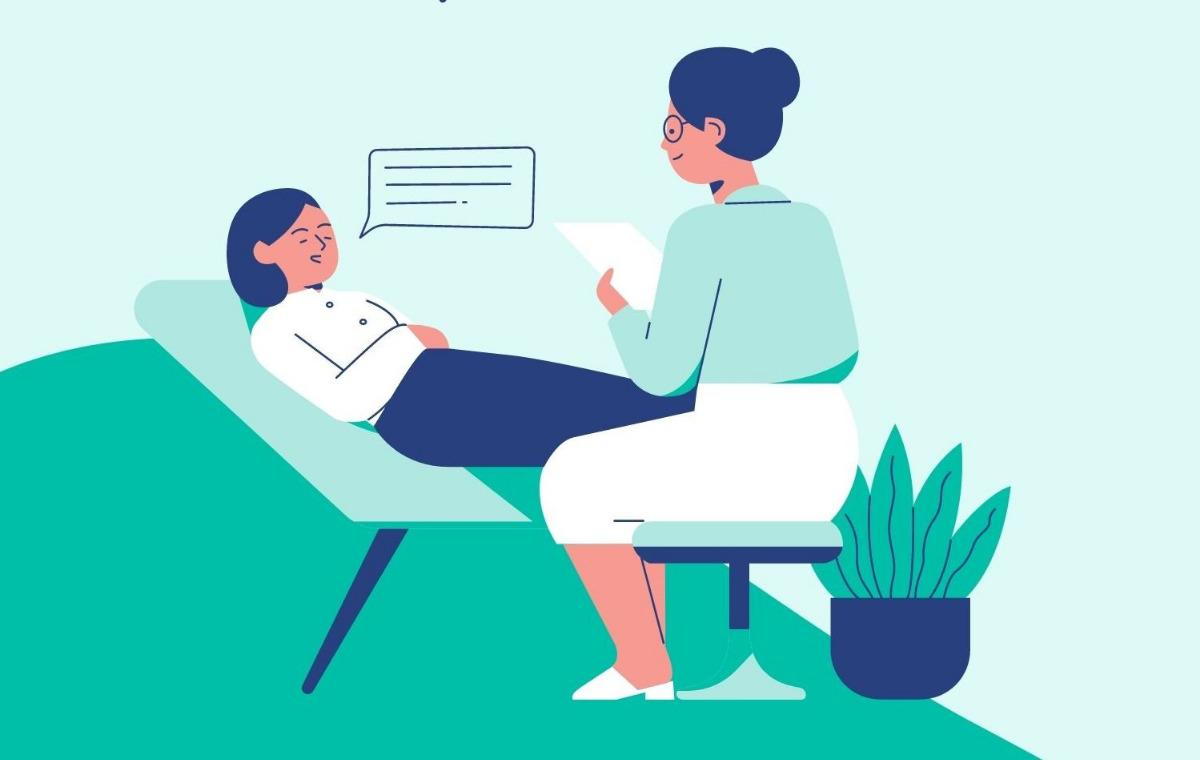
The main foundation of psychotherapy is talking. The client tells the therapist about his or her problems and the therapist listens and supports the client through those problems. But why is talking about our problems so important? The answer lies in what is known as left-brain right-brain integration. The brain is separated into two hemispheres and is connected by a neural bridge called the corpus callosum. The corpus callosum sends information between the left and right hemispheres of the brain so they can communicate with one another. The left side of the brain is associated with analytical skills such as using logic, language, memory, and planning. The right side of the brain is associated with creativity, emotions, imagination, and intuition.
Talking in therapy allows us to use the left side of our brain which is responsible for language formation and communication. Therapy is a place where a person can talk about their difficult emotions, thoughts, past memories, present worries, and much more. Emotions are held onto by the right brain, and we can sometimes carry their burden for much of our lives. Many negative emotions such as guilt, fear, or anger can be traced back to childhood. Our childhood experiences are pivotal in shaping our personalities and abilities to cope with difficult situations.
Painful past experiences turn into memories and memories can turn into the emotional pain that we feel in the present moment.
Emotional pain can be suppressed or repressed by the mind. Suppression is the conscious blocking out of painful memories so we don’t have to experience negative thoughts or emotions in the present. There are many ways a person can suppress their pain—through drugs and alcohol, working long hours, or simply by using entertainment as a distraction. Many will find that by suppressing their pain, temporary relief may be achieved, but it isn’t a sustainable long-term solution. Repression, on the other hand, is the unconscious blocking out of painful memories and emotions. With repression, we aren’t even aware that we are blocking out our pain, and we may not remember where it came from. In cases of early childhood trauma, we may not be able to remember what happened but we still feel the emotional pain.
In the case of suppressed and repressed emotional pain, the left brain and right brain aren’t working together. The right brain feels the emotion and the left brain engages in unhealthy coping strategies to block out the pain. This is why talking in therapy is so important, because it allows us to use the left brain to talk about our difficult thoughts, emotions, and memories so that they aren’t trapped in the right brain. When the left and right hemispheres of the brain are able to communicate, we can then work on regulating our negative emotions and heal our pain.
We can use an analogy to put this into perspective. Imagine a woodworker carving a block of wood into a beautiful sculpture. Before the block of wood was workable, it was a tree. We can think of our pain as a tree. We can’t work with our pain until it is in a usable form like the block of wood. By talking about our pain, we can begin the process of sculpting it (left-right brain integration). We are all capable of this process. Talking is the first step to mental and emotional wellbeing.
